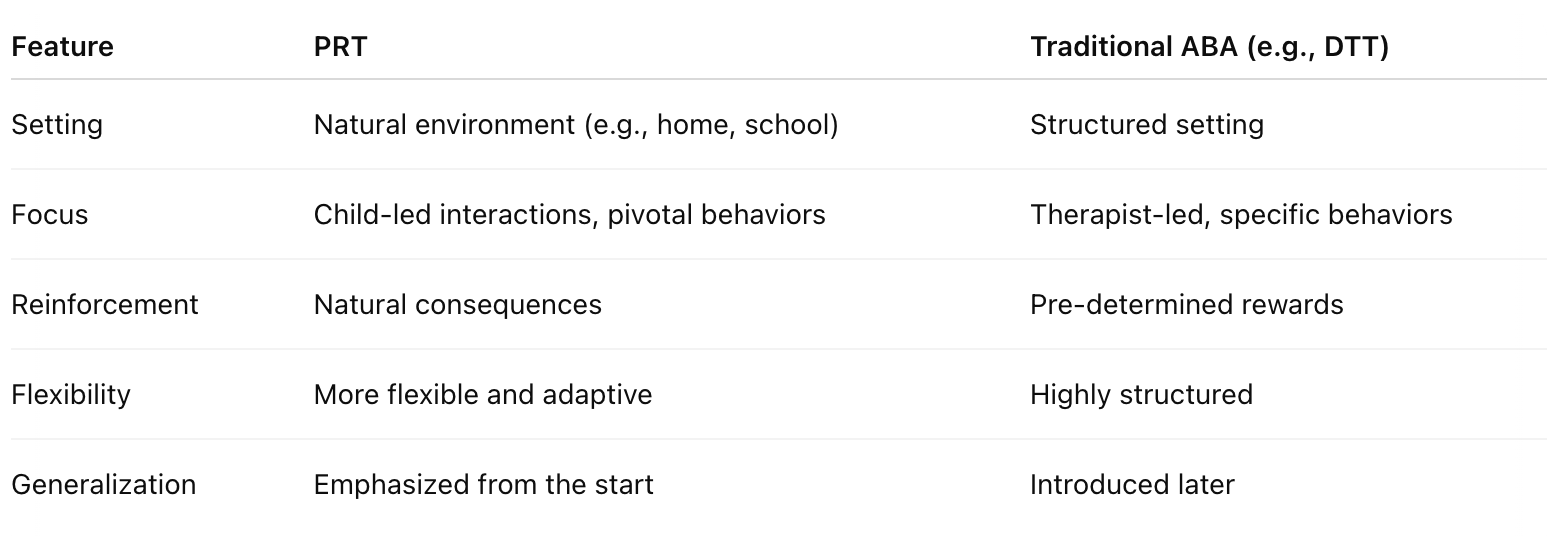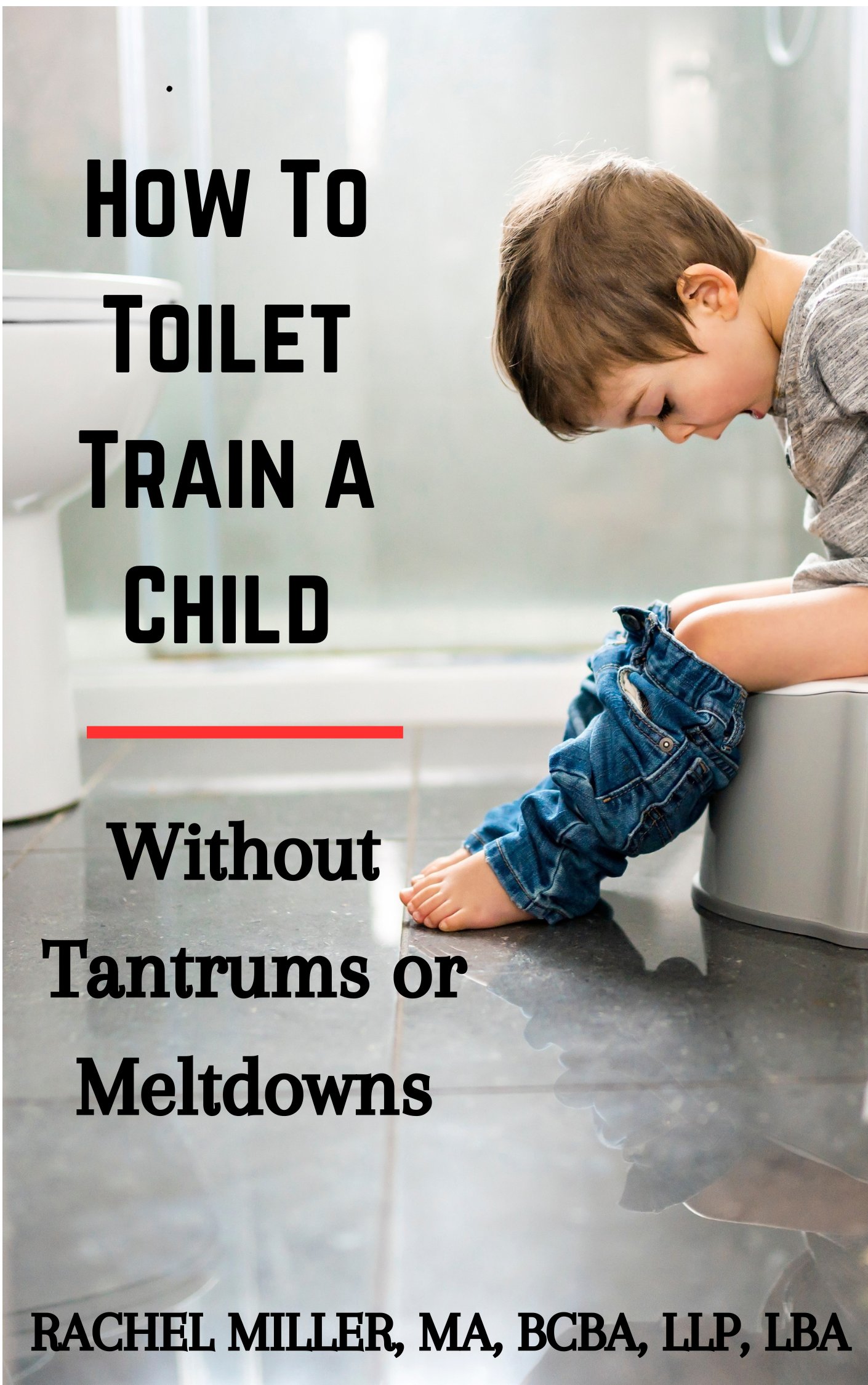What is Pivotal Response Treatment (PRT) in ABA Autism Therapy?

When learning what is Pivotal Response Treatment (PRT), it is important to understand that it's also rooted in the principles of Applied Behavior Analysis (ABA) for autism spectrum disorders. Unlike traditional, more structured ABA methods, PRT uses a naturalistic and child-led approach that focuses on pivotal areas of a child’s development. These pivotal areas, when strengthened, can lead to widespread improvements in communication, behavior, and social skills.
If you're exploring ABA autism treatments that are both scientifically validated and engaging for children, Pivotal Response Treatment offers a compelling option that emphasizes motivation and responsiveness. In this guide, we’ll take a closer look at what PRT is, how it works, and why it’s such a powerful tool for children with autism.
What Is the History of Pivotal Response Treatment?
Pivotal Response Treatment (PRT) was developed by Drs. Robert and Lynn Koegel at the University of California, Santa Barbara. It is considered one of the best-known naturalistic ABA autism interventions. PRT focuses on what researchers call “pivotal behaviors”—key areas of development that, when improved, can have a positive ripple effect on many other areas of functioning.
Rather than targeting one behavior at a time, as in Discrete Trial Training (DTT), PRT focuses on the following pivotal areas:
- Motivation
- Response to multiple cues
- Self-initiation
- Self-management
These core areas are selected because progress in them often leads to gains in communication, play, academic, and social skills across a wide range of settings.
How Does PRT Differ from Traditional ABA?
While both PRT and traditional ABA therapies are grounded in behavior analysis, their delivery differs significantly:

PRT is often more engaging for children because it incorporates their interests, making learning feel more like play than therapy. This approach helps improve generalization of skills, a critical goal in ABA autism programs.
Core Principles of PRT

1. Child Choice
PRT puts the child’s interests at the center of the learning process. For example, if a child shows interest in a toy truck, the therapist might use the truck as a teaching tool to elicit language or promote turn-taking.
2. Natural Reinforcement
Rewards are directly related to the behavior. If a child asks for juice using a word or picture, the reward is the juice—not an unrelated item like a sticker. This helps the child make stronger connections between communication and outcomes.
3. Interspersing Maintenance and Acquisition Tasks
To prevent frustration and build confidence, therapists mix new skills with those the child has already mastered.
4. Reinforcing Attempts
In PRT, trying counts. Children are praised and reinforced not just for correct responses but for genuine attempts, which boosts confidence and motivation.
What Skills Can Be Taught with PRT?
PRT is effective in teaching a variety of critical skills across different developmental domains, including:
-
Communication and Language Development
Children learn to request items, ask questions, and engage in conversation naturally. -
Social Interaction
PRT helps promote eye contact, shared attention, turn-taking, and empathy. -
Academic Skills
Math, reading, and writing can be taught using PRT principles when aligned with the child’s interests. -
Play Skills
From imaginative play to cooperative games, PRT can build the foundation for fun, age-appropriate interactions. -
Reduction of Problem Behaviors
When children learn to communicate their needs effectively, many challenging behaviors like tantrums or aggression begin to decrease naturally.
Who Delivers PRT?
PRT can be delivered by:
- Board Certified Behavior Analysts (BCBAs)
- ABA Therapists trained in PRT
- Parents and caregivers (with proper training)
- Educators and speech therapists
Because PRT is so naturalistic, it’s especially effective when practiced across settings. Parents and caregivers can learn to implement PRT strategies at home through training programs or under the supervision of a BCBA.
Why Is PRT a Great Option for ABA Autism Therapy?
A great example of PRT from autism classroom resources involves the use of legos. If you have a student that loves to play with legos, you can incorporate PRT into his Lego task for a variety of skills. As the child is building a tower you could put your hand over it to block access until he makes eye contact with you. Then as soon as he looks at you, you remove your hand and he gets to put the block on. Another skill would be to target naming colors. Withhold access to the blocks while saying which one while the child tells you the name of the colored block he wants to use next. You could also target prepositions by saying things like, I’m putting the red block on top of the blue one.) and then saying, “Put the yellow block on top of the red block” then block access to the tower until he places it on the right one. Skills targeted: eye contact, requests using adjectives (colors), and prepositions

Is PRT Right for My Child?
PRT is especially beneficial for children who are verbal or beginning to develop language. However, with adaptations, it can also be helpful for non-verbal children or those with limited communication. The best part about PRT is using ABA principles to break down a skill, but preferred activities to maintain attention, interest and the use of stronger reinforcers through the preferred activity. The best way to know if PRT is right for your child is to consult with a qualified ABA provider or Board Certified Behavior Analyst (BCBA).
If your child is receiving ABA autism therapy, ask whether PRT is part of the treatment plan or could be incorporated to improve engagement and outcomes.
Conclusion
Pivotal Response Treatment is a dynamic, naturalistic form of ABA autism therapy that promotes meaningful change by targeting the core building blocks of learning. Whether used alone or as part of a broader ABA program, PRT empowers children to make real progress in communication, social engagement, and everyday functioning.
If you're seeking an autism therapy that values your child’s interests and motivation, PRT may be the breakthrough approach you've been looking for.
If you haven't already, be sure to check out my ebooks, now on Amazon!

